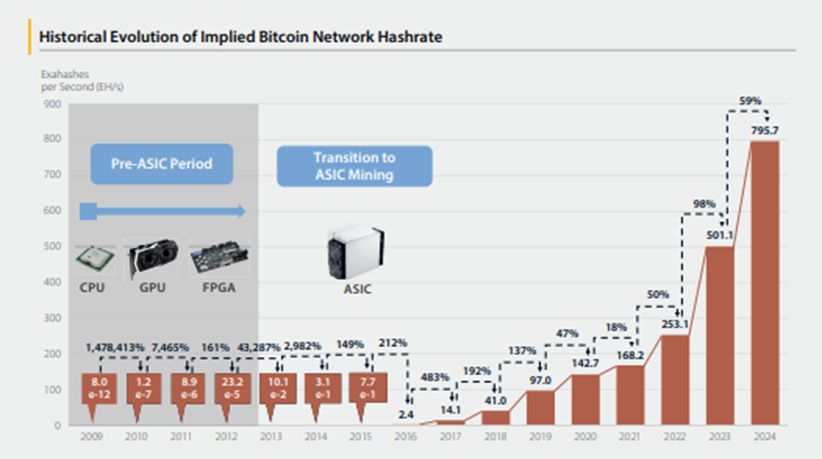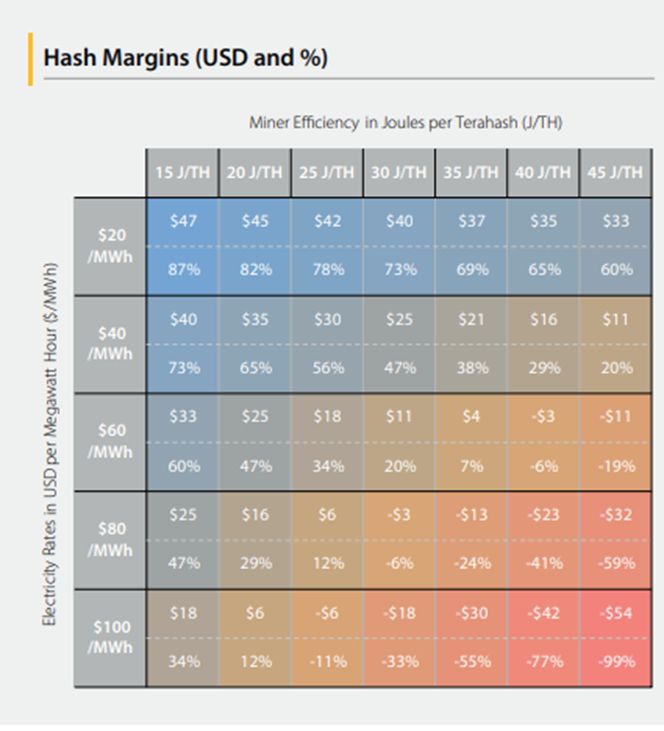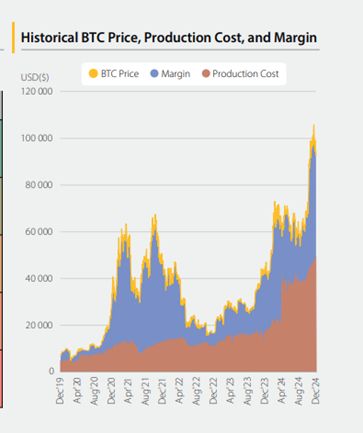
www.digitaleconomyconsulting.com









Scale Shift: As mining grew in the US it used less renewable grids (63% to 50%).
The “region shift” gain outweighs the “scale shift” loss in renewables (roughly, 20% at 26% vs. 30% at 50%).

Scale Shift: As mining grew in the US it used less renewable grids (63% to 50%).
The “region shift” gain outweighs the “scale shift” loss in renewables (roughly, 20% at 26% vs. 30% at 50%).













Intra-industry trade has more doubled!

Intra-industry trade has more doubled!


Instead of the “headline” $1.9 billion export value of iPhone's from China, if you adjust for value-added China actually *imported* $48 mil of iPhones. The other direction!

Instead of the “headline” $1.9 billion export value of iPhone's from China, if you adjust for value-added China actually *imported* $48 mil of iPhones. The other direction!
Here’s an old (2010) image from the Atlantic that shows the breakdown: www.theatlantic.com/business/arc...

Here’s an old (2010) image from the Atlantic that shows the breakdown: www.theatlantic.com/business/arc...


